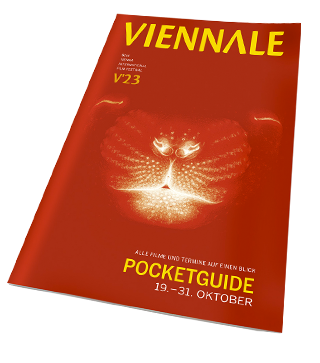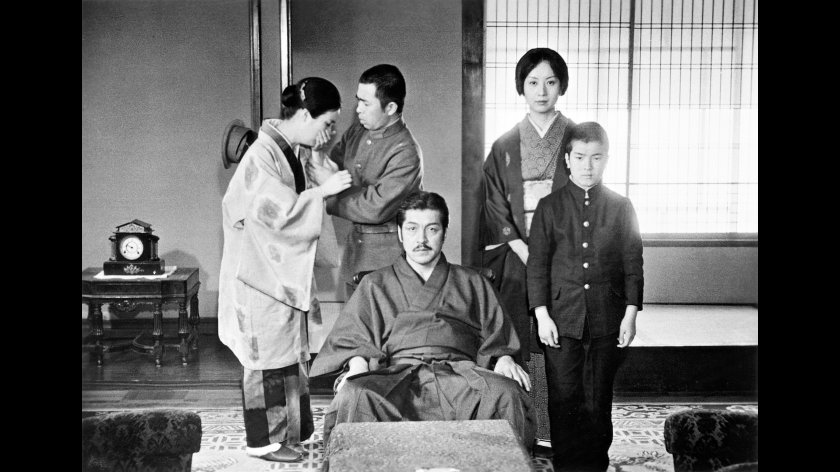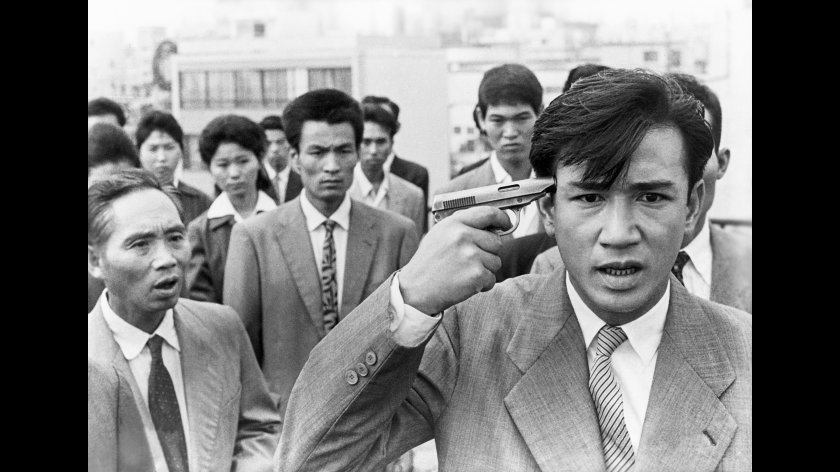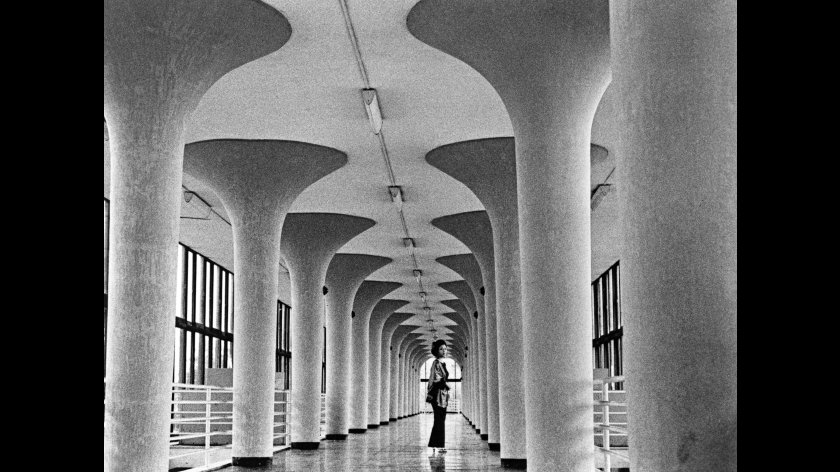Arashi wo yobu juhachinin
18 Who Cause a Storm a.k.a. 18 Roughs
Es klingt nach einem tollen Angebot: Er könne umsonst in dem Gästehaus wohnen, das die Reederei unterhält, Hafenarbeiter Shimazaki müsse sich lediglich ein wenig darum kümmern, dass dort alles reibungslos läuft. Wer würde da nicht einschlagen? Allerdings hat Shimazaki nicht damit gerechnet, dass „sich kümmern“ bedeutet, den Haufen junger Arbeiter, die gleichfalls dort untergekommen sind, zu beaufsichtigen und zu motivieren. Zumal ihn deren rebellisch-undisziplinierter Gestus nur allzu sehr an seine eigene vormalige Unangepasstheit und Aufsässigkeit erinnert. An Originalschauplätzen in Kure, Präfektur Hiroshima, dreht Yoshida die anrührende Geschichte einer Annäherung wider Willen. (Alexandra Seitz)
Set in the industrial port town of Kure, this film is about a group of young unskilled itinerant workers who are exploited by and also prey on a society that has utterly broken down. The refuse of capitalism, the migrants respect nothing – certainly nothing as old-fashioned as a principle of rebellion – though they have an instinctive sense of themselves as a group. Knowing they are worthless in the eyes of their country, they project their alienation outside themselves and take their revenge when they can. There may indeed be 18 of them, as the title (with strange exactness) says, but, spread out across Yoshida’s chaotic wide screen, they never stay still long enough for us to count them. The mise en scène, just as jarring and alienating as in Yoshida’s previous films, if more devoid of flourish, creates a push-and-pull between extremes of too-close and too-far, providing no place of comfort for the viewer.
Shōchiku withdrew the film from distribution after four days. The studio released Yoshida’s next film ESCAPE FROM JAPAN without its last reel, which they judged too incendiary. After that insult, the director cut ties with Shōchiku. (Chris Fujiwara)
Alle Retrospektiven-Filme, die nach der Viennale – ab dem 2.11. – im Filmmuseum gezeigt werden, können selbstverständlich auch wie gewohnt auf www.filmmuseum.at oder unter Tel. 01/533 70 54 reserviert und an der Kassa des Österreichischen Filmmuseum gekauft werden. Es gelten die Preise des Filmmuseums.
Yoshida Kijū: GOOD-FOR-NOTHING (1960), BLOOD IS DRY A.K.A BLOODY THIRST (1960), BITTER END OF A SWEET NIGHT (1961), AKITSU SPRING (1962), 18 WHO CAUSE A STORM A.K.A. 18 ROUGHS (1963), A STORY WRITTEN WITH WATER (1965), WOMAN OF THE LAKE (1966), IMPASSE (1967), THE AFFAIR (1967), AFFAIR IN THE SNOW (1968), FAREWELL TO THE SUMMER LIGHT (1968), EROS + MASSACRE (1969), HEROIC PURGATORY (1970), COUP D’ETAT (1973), A PROMISE (1986), WUTHERING HEIGHTS (1988), WOMEN IN THE MIRROR (2002), BEM-VINDO A SÃO PAULO (2004, Episode)
- The Japan Foundation
- Hayakawa Tamotsu
- Kayama Yoshiko
- Tonoyama Taiji
- Hirao Masaaki
- Ashiya Gannosuke
- Negishi Akemi
- Yoshida Kijū based on an idea by Minagawa Toshio
- Narushima Toichiro
- Ōta Kazuo
- Hayashi Hikaru
- Ueda Mitsuzō






